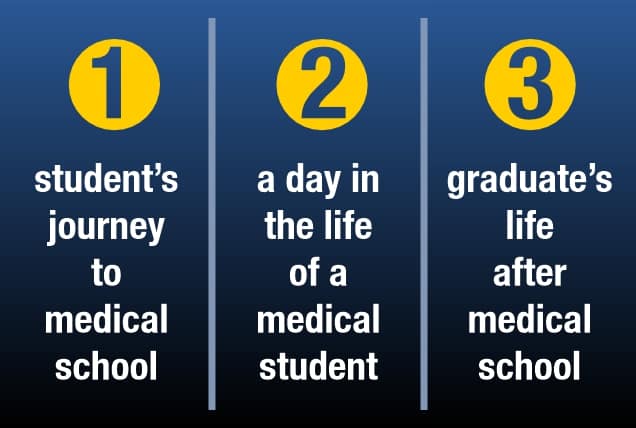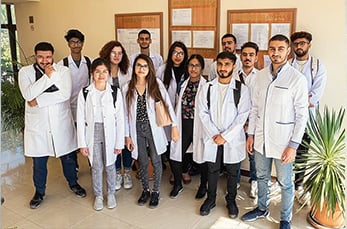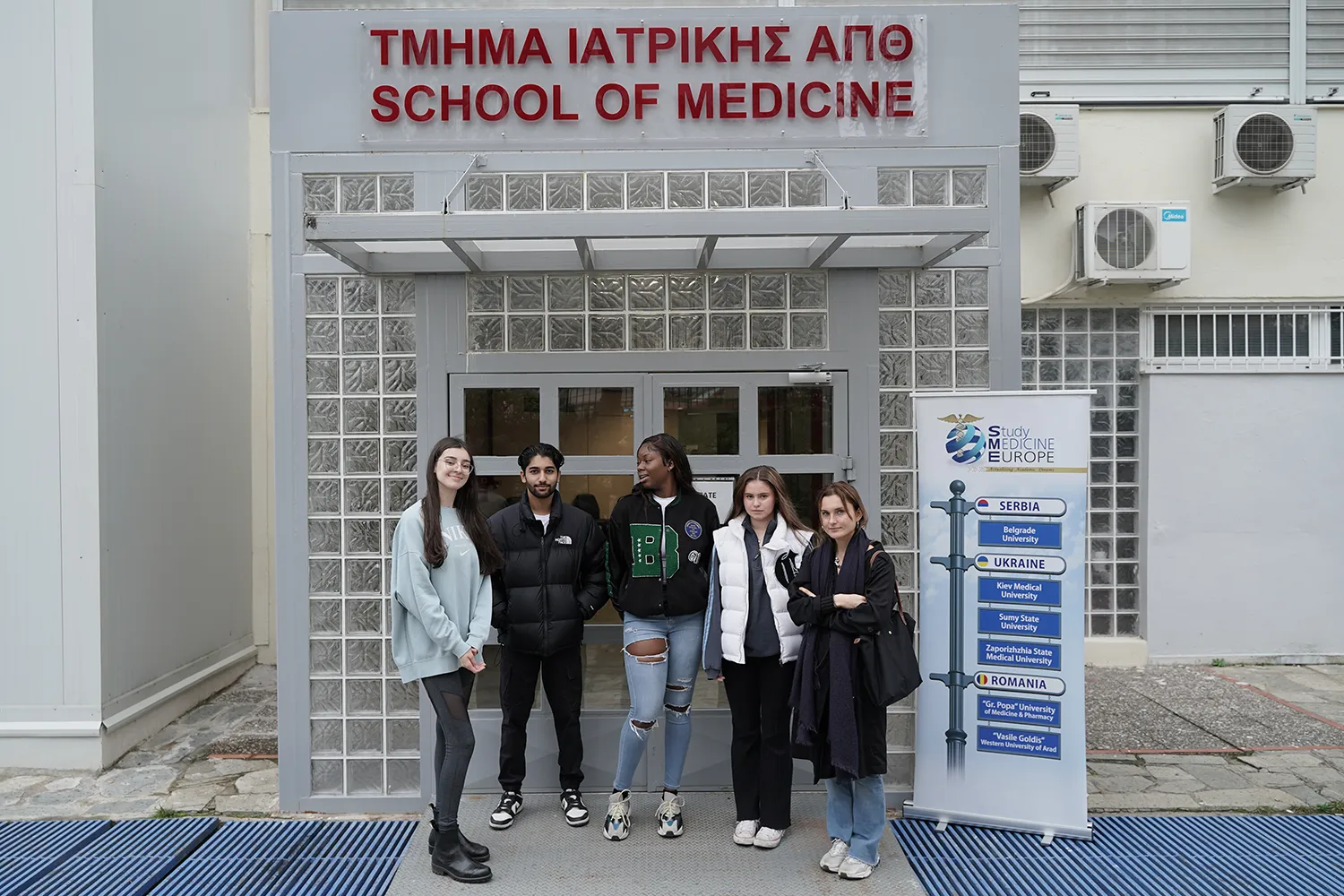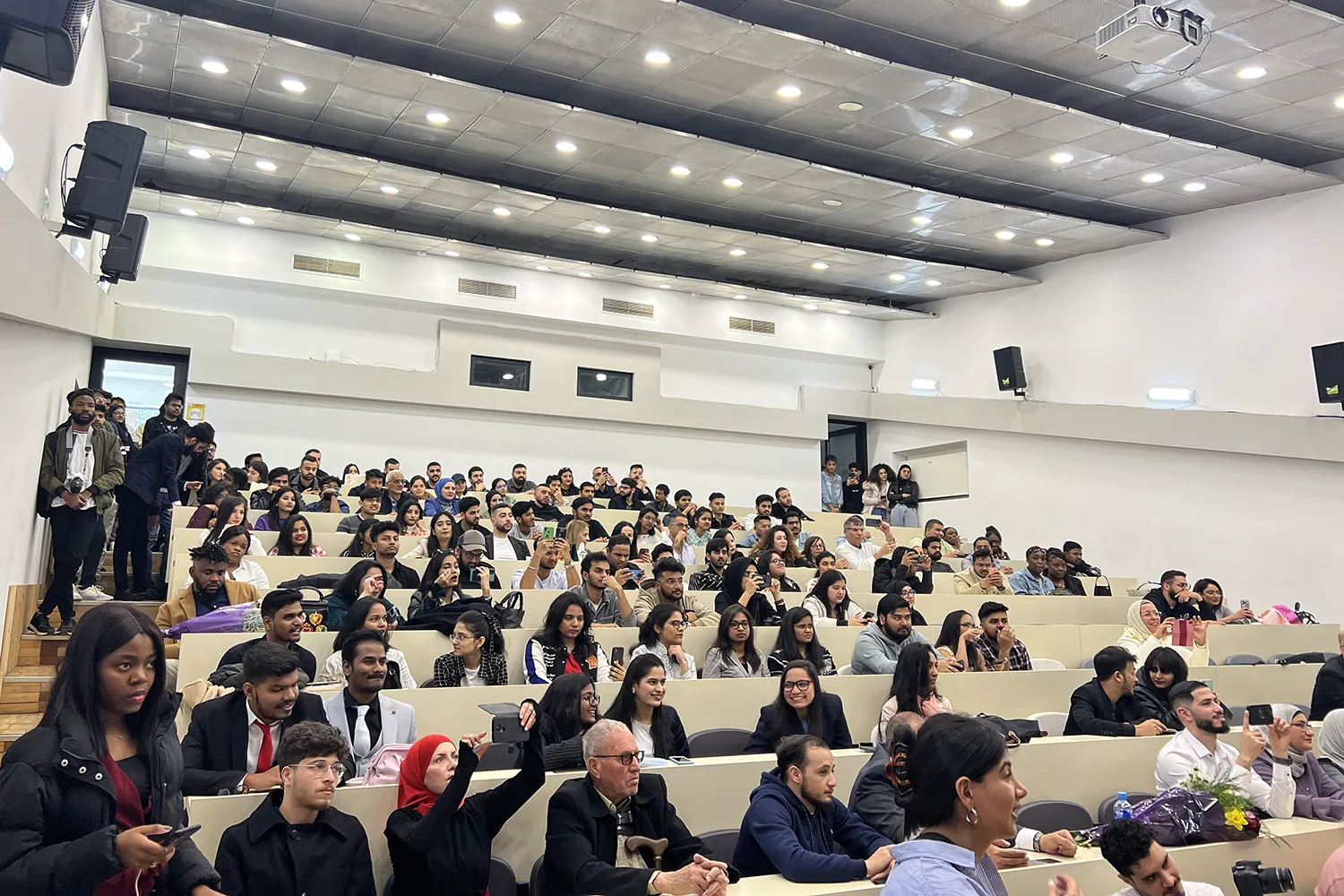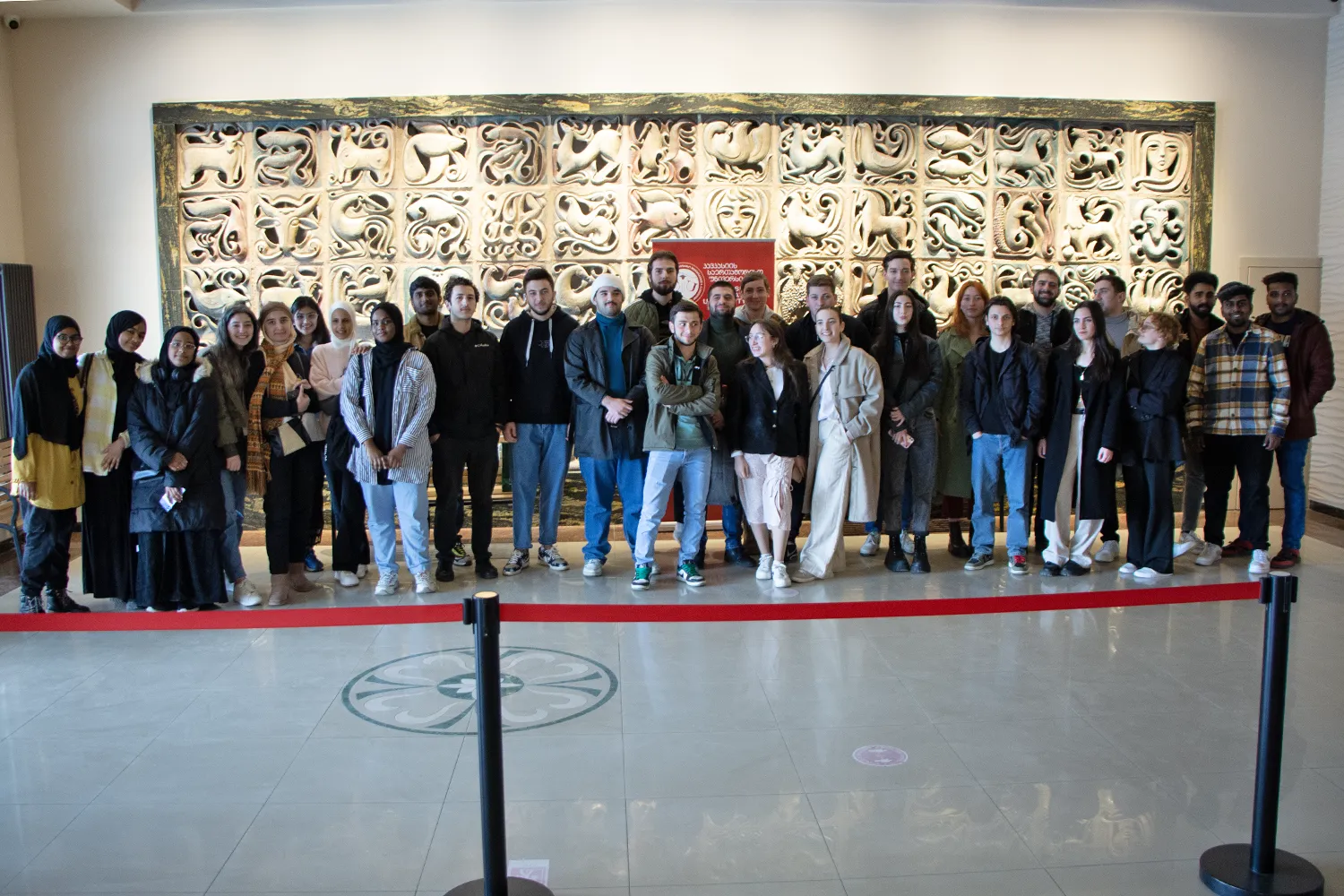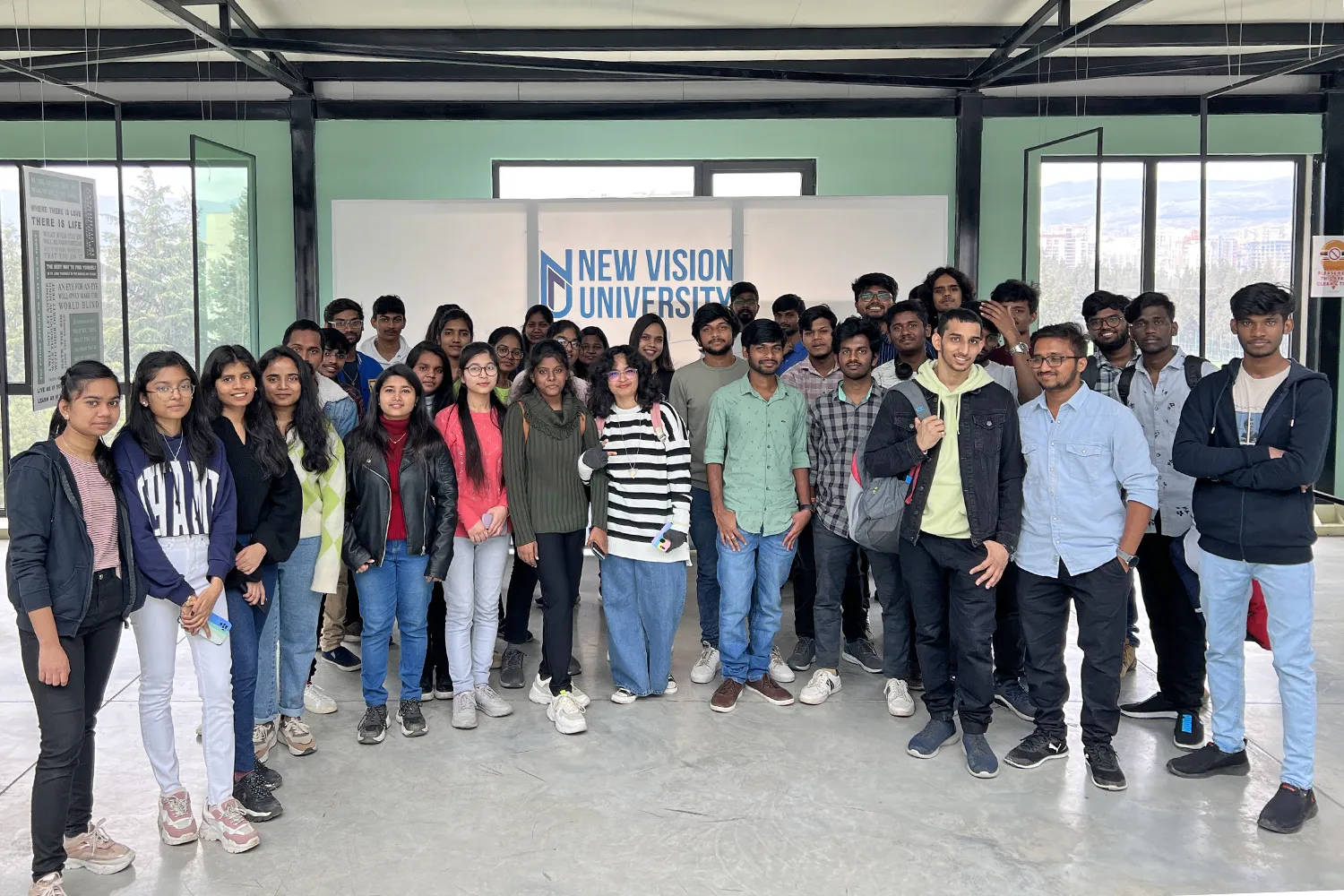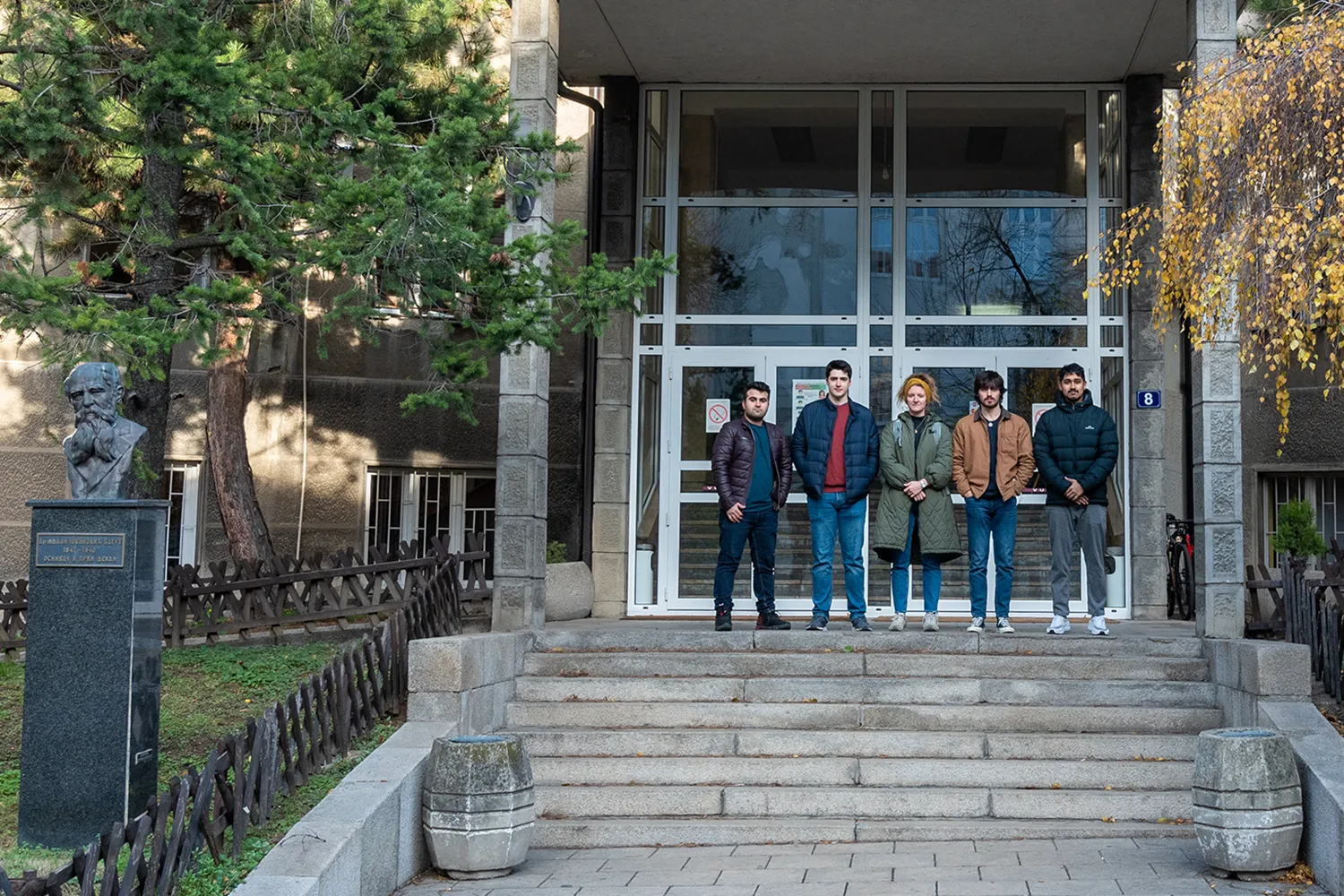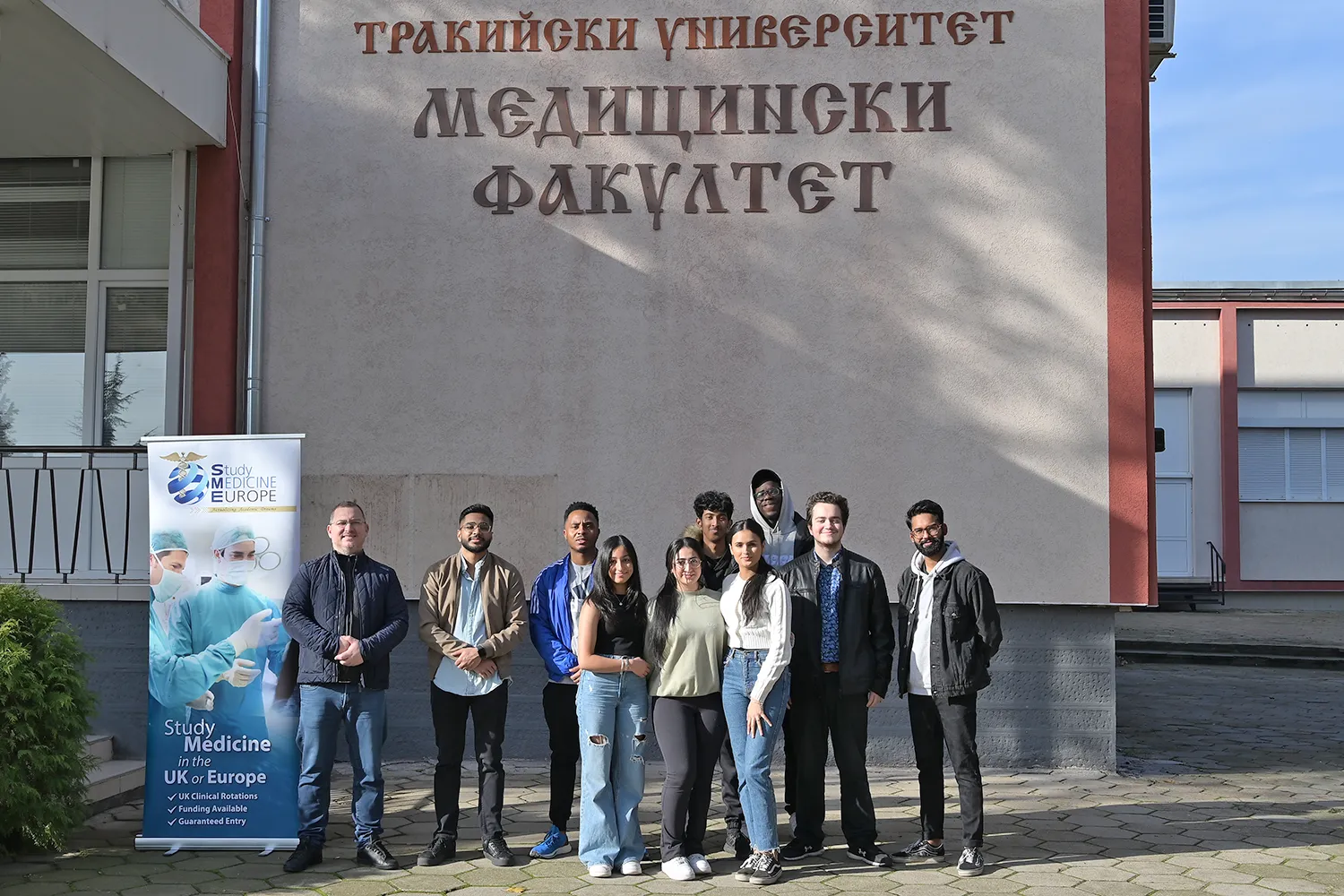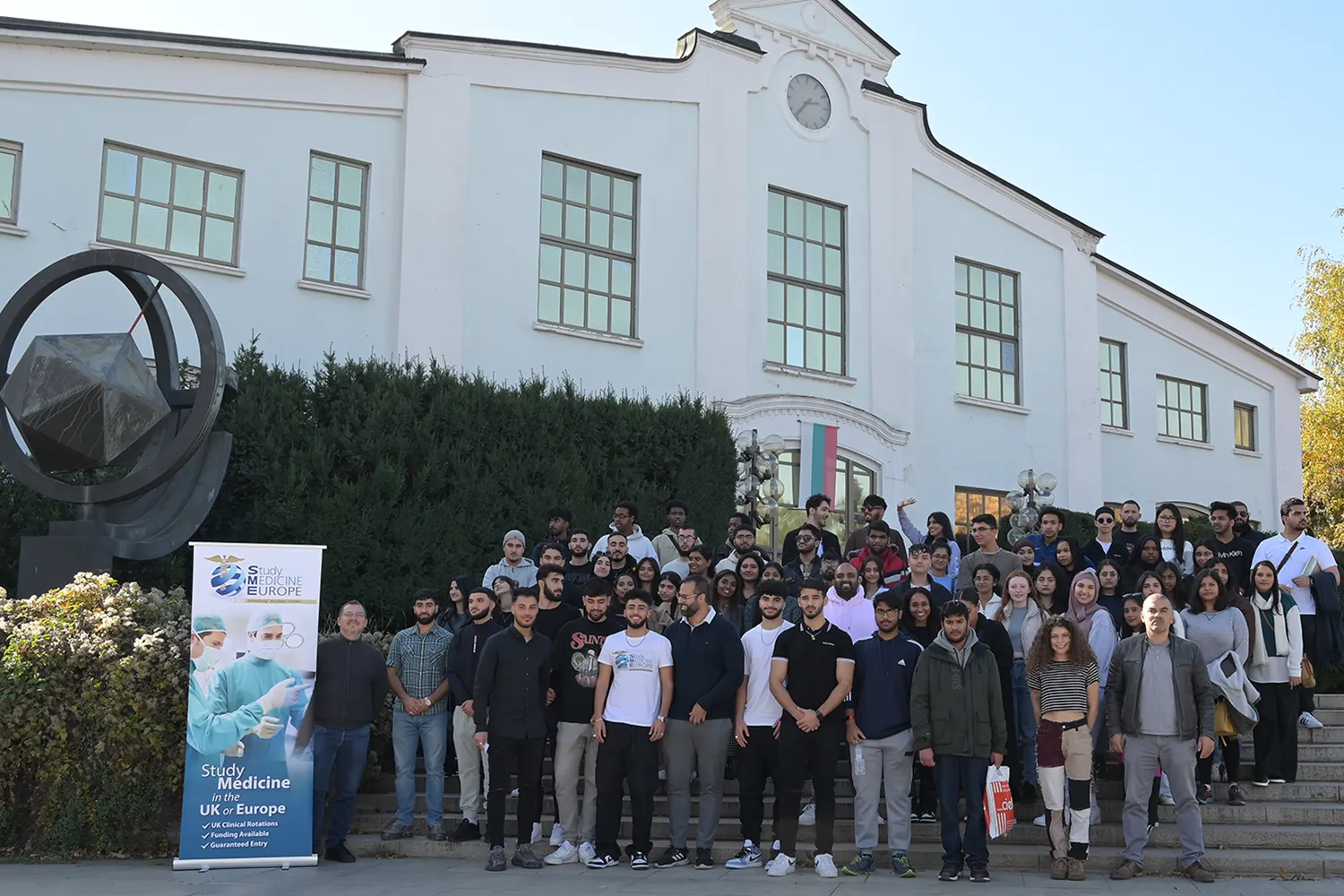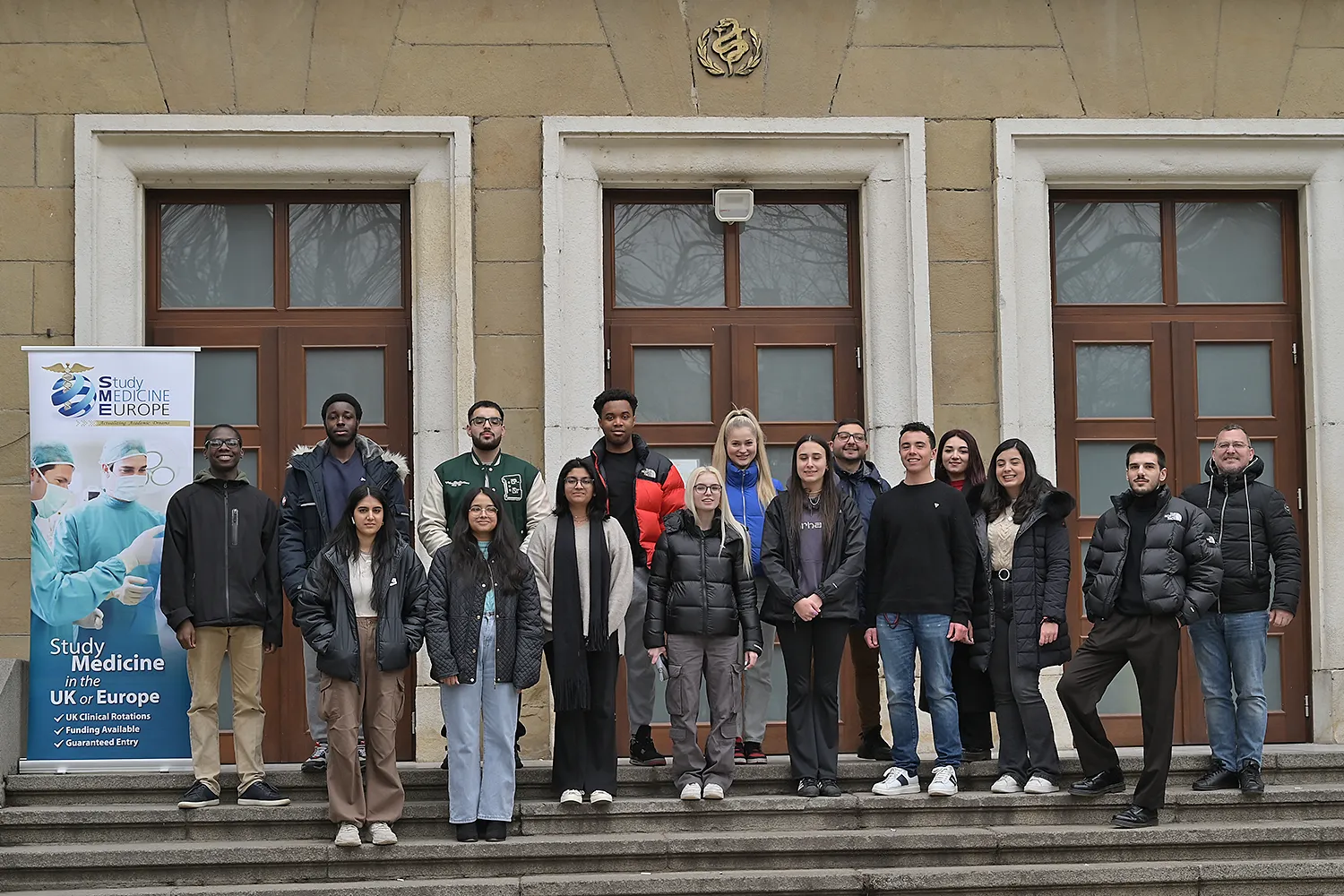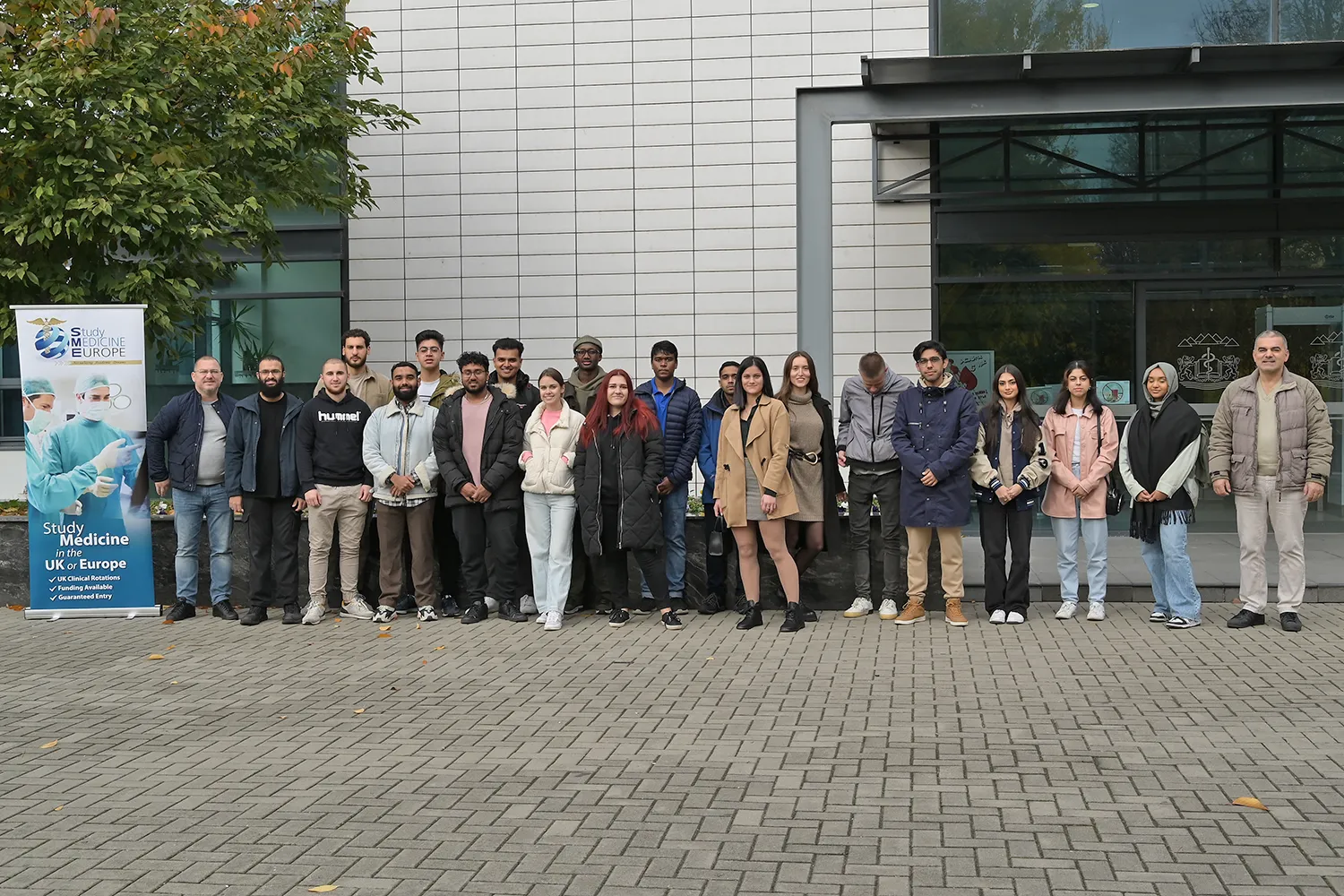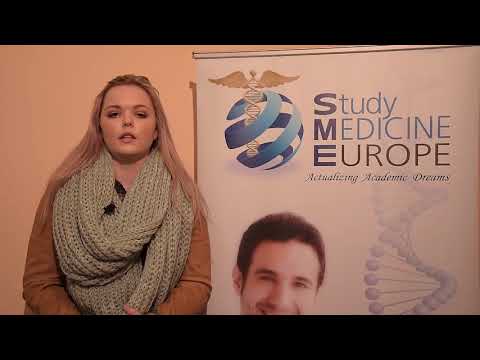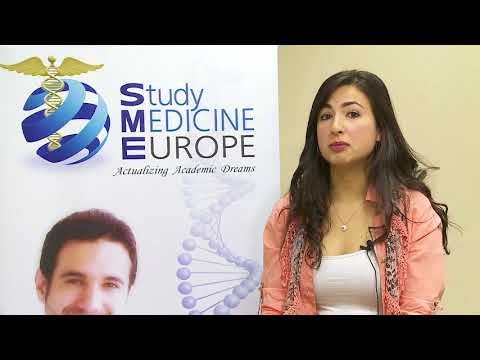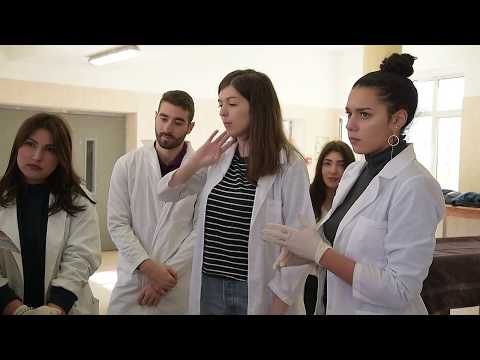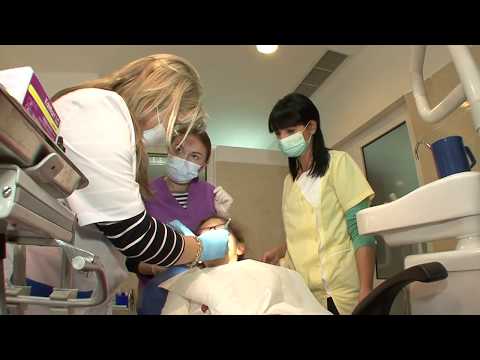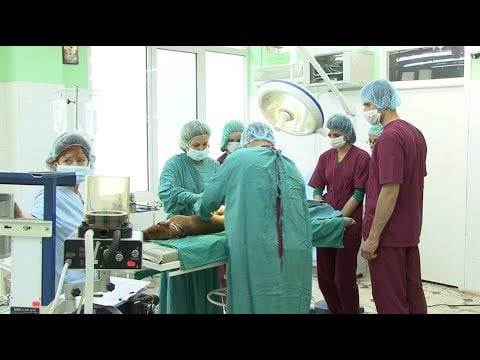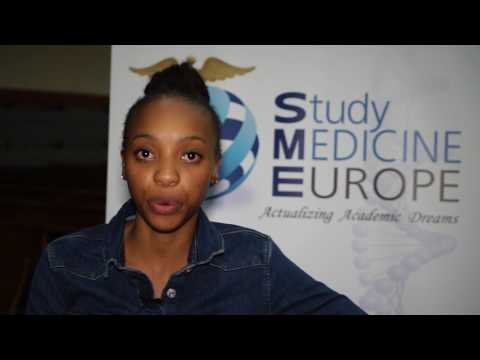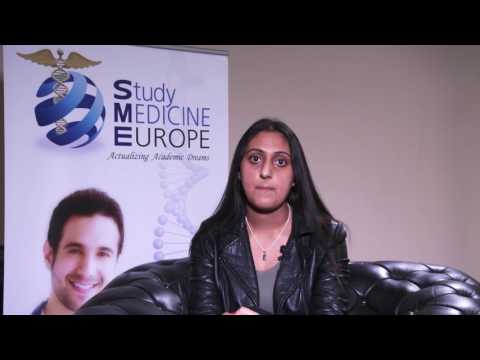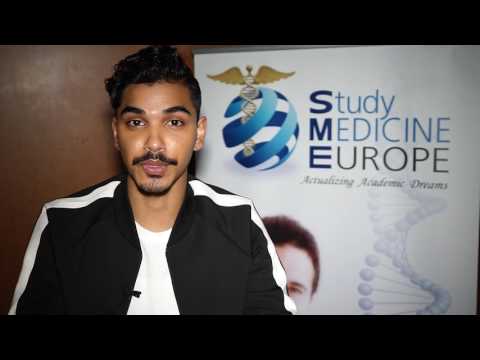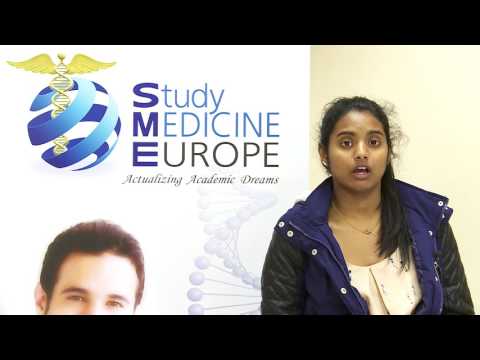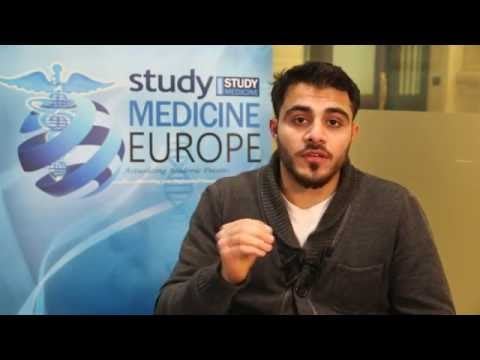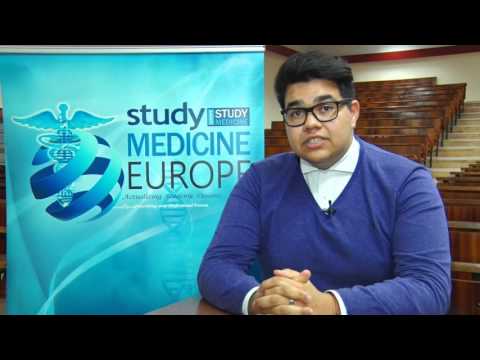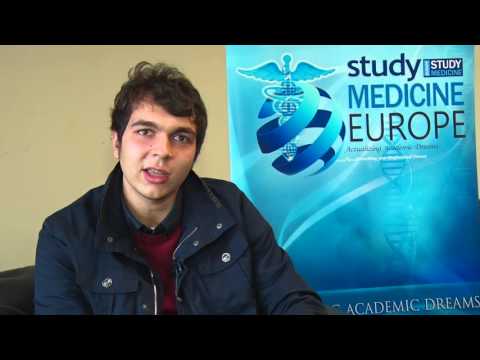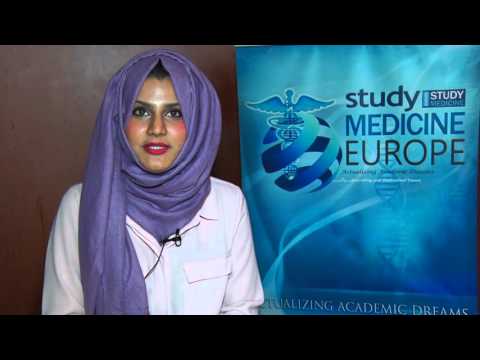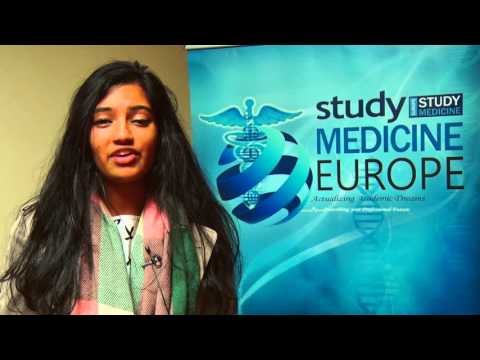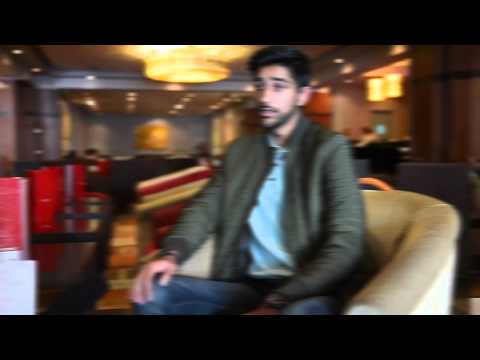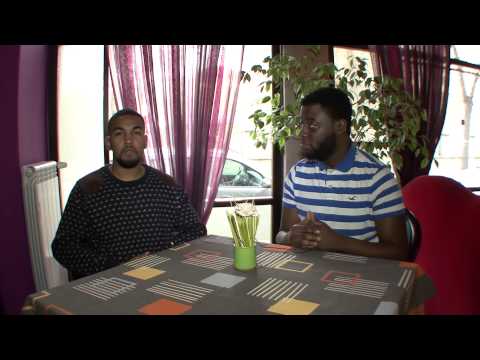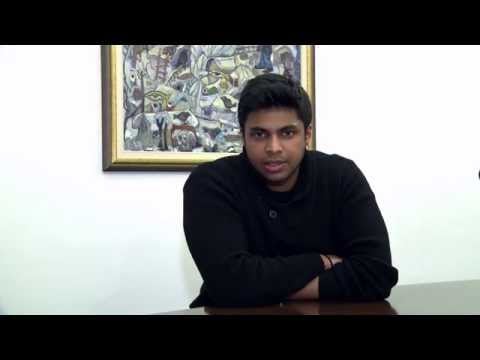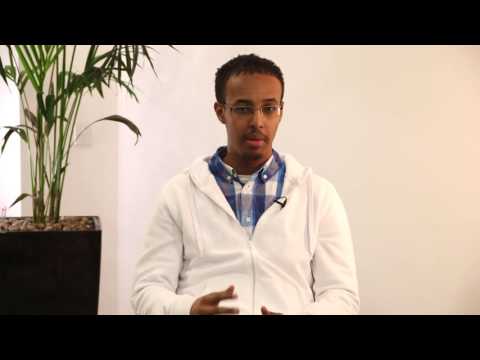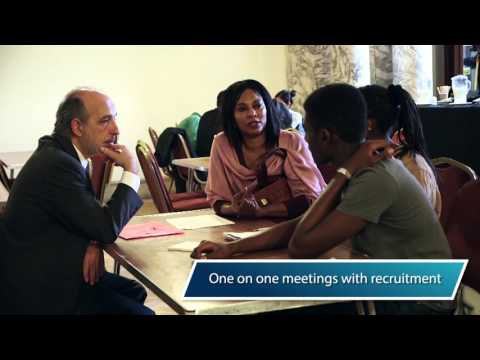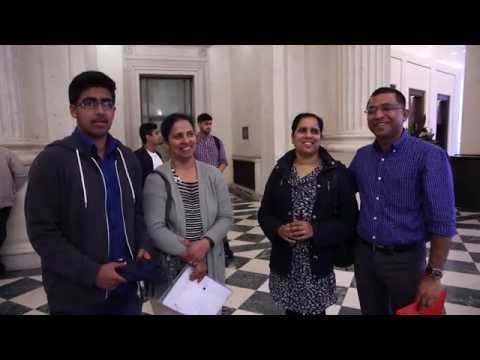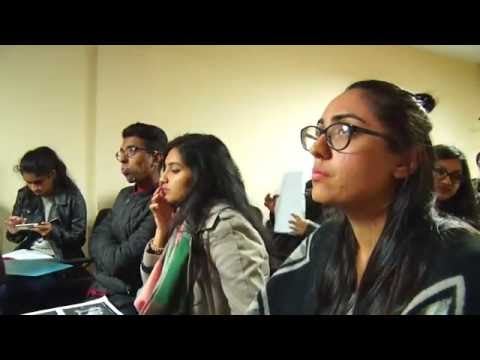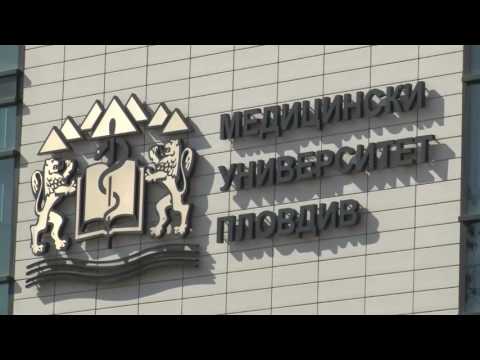Serbia’s higher education is known for its academic excellence, it is no wonder then why it attracts so many foreign students from all over the world every year, whether it’s from the EU, the USA, Africa, Asia or Australia. It is well renowned that the high quality of education offered by the Serbian Universities allied with Serbia’s inexpensive cost of living makes Serbia a noteworthy destination for hundreds of students from all four corners of the globe who come to Serbia, not discounting distinguished scientists and researchers. It is this academic environment that has put the higher education of this modest eastern European nation on par with and even surpassing universities across the north and west of Europe. For over 20 years Universities in Serbia have offered programs in English for a diverse range of programs.
An overview of education in Serbia for students applying to study medicine
Higher education in Serbia is regulated and supported by the state via the Ministry of Education, Science and Technological Development of the Republic of Serbia. Higher education institutions also bear responsibility for independent regulation of program structure and assurance of quality. Annual monitoring and evaluation of all taught courses is the responsibility of the Quality Assurance and Enhancement Committee (QAEC). A separate statutory body, known as the Commission for Accreditation and Quality Assurance was established by the Higher Education Act of 2007 for the evaluation and accreditation of academic institutions with the goal of improved teaching and research.
How students should understand the structure of higher education medical qualifications in Serbia
From 2005 onwards every higher education institution in Serbia has adopted the ECTS (European Credit Transfer System) as well as upon graduation of each student, in combination with their Diploma each student receives a diploma supplement that provides additional court-certified translations into English and Serbian, the format of which follows specifications from UNESCO and the Council of Europe. Higher Education in Serbia provides students with the following Degree types, listed in order of academic ascent, from lowest to highest:
- Basic academic studies (Bachelor) lasting 3-4 years, 180 to 240 ECTS
- Master Studies lasting 1-2 years with 60 to 120 ECTS
- Doctoral studies (PhD) with a minimum of three years of study or 180 ECTS
- Integrated studies last 6 years for Medicine and must carry a minimum of 360 ECTS.
How students should understand the structure of higher education medical qualifications in Serbia
EU and non-EU candidates can apply for a wide range of courses in English with tuition fees ranging from 1000 to 7000. If a student is not a native speaker of English or not from a native English-speaking country, they will be required to provide an internationally recognised certificate demonstrating competence in English. Candidates may be required to take a test to demonstrate proficiency in related subjects (science, maths, etc.) as well as an interview.
What additional application and fee information should students who study medicine in Serbia know
The academic year starts around the 1st of October with a total of 30 weeks split into a Winter and Summer semester. Classes generally occur twice a week depending on the course and year of studies, classes can last as long as 2 and a half hours or as short as 45 minutes depending on how many hours are required to complete each course.
What is the grading system for students who study medicine in Serbia
The grading system used by all Higher Education institutions in Serbia is a scale of 5 to 10, where anything that is a 6 or above is a ‘pass’ and these scores are recorded on all transcripts for the purpose of conversion and evaluation via ECTS (European Credit Transfer System). The table below presents an idea of the grading system in Serbia, indicative of what would appear on a transcript:
| Numerical Grade | Description | Definition |
|---|---|---|
| 10 | Odlično | Excellent |
| 9 | Mnogo Dobro | Very Good |
| 8 | Dobro | Good |
| 7 | Srednji | Satisfactory |
| 6 | Dovoljan | Sufficient |
| 5 or below | Slab | Fail |
Student life for candidates who study medicine in Serbia
The cost of living in Serbia is low compared to the average in Europe, which makes it extraordinarily convenient for any foreign student pursuing studies there. The majority of students live in private accommodation due to the high number of domestic students living in the University dormitories with domestic students conventionally taking precedence. Despite this private accommodation is still cheap with a wide range of options ranging from 200 to 500 per month including utility bills.
Based on our experience a student wouldn’t need to spend much more than 400 to 700 per month total to cover expenses that would make living comparable to living in their home country. This monthly spending would cover all rent, utility bills, internet and TV services along with other smaller expenses such as local mobile phone plans. Depending on the arrangements and lifestyle of a student, they will have the ability to live comfortably on a tight budget, without sacrificing the student lifestyle that one looks forward to while they study medicine abroad.








